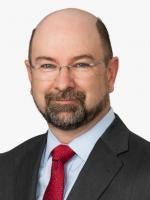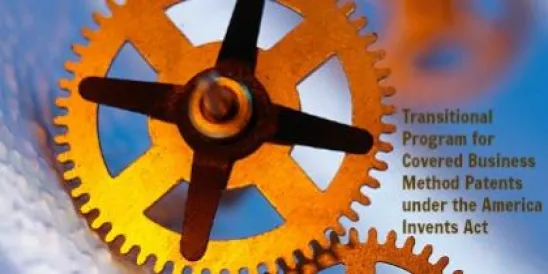The Federal Trade Commission (FTC) and U.S. Department of Justice (DOJ) hosted a daylong workshop on December 10, 2012, which gathered lawyers, academics and industry representatives to discuss the growing activity of patent assertion entities (PAE). Patent assertion entities, often derisively referred to as patent “trolls,” are organizations whose business model is to acquire patents and generate revenue through licensing or litigation. The PAE Workshop was billed as evidence of the agencies’ continuing concern to ensure robust competition in the innovation economy. Panelists and a standing-room-only audience considered the impact of PAEs on competition from a variety of perspectives and heard valuable testimony from businesses directly affected by the surge in PAE activity. No new policy prescriptions emerged from the day’s discussions, but the high-profile workshop signaled the agencies’ intentions to closely monitor PAE activity as they determine whether regulatory or enforcement actions may be necessary. A public comment period on PAE activity remains open through March 2013.
Workshop participants explored the reasons for the growth in PAE activity and assessed the benefits and harms that such activity may bring. Panelists indicated that PAEs now account for more than 60 percent of patent litigation activity. The actual impact belies even this impressive statistic, however, because the number of demand letters issued by PAEs far exceeds the number of cases ultimately litigated. PAE targets include large manufacturers, but they focus especially on smaller companies and start-ups, which cannot absorb high legal defense costs and face tremendous pressure to settle.
PAE supporters described their emergence as a predictable outcome of a system that allegedly under-enforces patent rights. Several participants noted that patent owners wishing to negotiate intellectual property (IP) licenses face an uphill struggle and must threaten, or actually commence, litigation to make headway. PAEs succeed through specialization: they more effectively identify the best patents to assert and have greater experience in negotiations, licensing and litigation. For supporters, PAEs are often the only way that inventors may be able to profit from their inventions.
Detractors questioned how much of the revenue generated by PAE activity actually flows back to innovation. Reliable data is scarce, but one of the few studies available suggests that the direct costs of PAE activity on defendants and licensees may reach as high as $30 billion. Only a fraction of this amount makes its way back to innovation, according to experts. The indirect costs of PAE activity are also substantial.
Many participants noted that the emergence of PAEs had significantly altered the playing field in patent litigation. Previously, in the words of one panelist, the threat of “mutually assured destruction” deterred manufacturers from making excessive demands regarding their patents. The assurance that any litigation would prompt counterclaims counseled caution. PAEs, however, are effectively immune from counterclaims because they do not practice the patents they litigate. Some PAE opponents warned that this “immunity” encourages owners of large patent portfolios to transfer patents to PAEs, which can then engage in litigation against the original owner’s rivals that would not otherwise be feasible. Such transfers may also offer a way to avoid FRAND commitments that encumber standards-essential patents.
The workshop closed with a panel of antitrust experts who considered the potential application of antitrust law to PAE activity. While the panelists considered a variety of theoretical scenarios, significant questions remained as to applicability of antitrust rules. Market definition emerged as a particular problem because PAEs manufacture no products and thus do not compete in the same markets as the companies from which they acquire their patents. Senior regulators, however, appeared to question whether this characterization is the best view of such transactions. The DOJ’s chief economist, for example, appeared less focused on the aggregating role PAEs play in accumulating vast patent portfolios and more concerned with their disaggregating role (whereby owners of existing large portfolios sell off portions to the PAEs). From this perspective, it may be possible to cast the two parties as players in the same patent licensing market and to analyze the conduct accordingly. This line of thought was not pursued in depth, but it is indicative of the creative and probing assessment the agencies are pursuing as they assess this rapidly developing area.
While the workshop generated stimulating discussions regarding important issues in antitrust/IP law, no consensus views appeared to emerge. The agencies indicated that ongoing work and a careful review of the comments they receive during the official comment period may crystallize recommendations for any policy changes. However, a strong undercurrent permeated the workshop that more effective changes may come on the patent law and patentability side of the antitrust/IP interface, as an obvious antitrust law solution may not be available.




 />i
/>i

